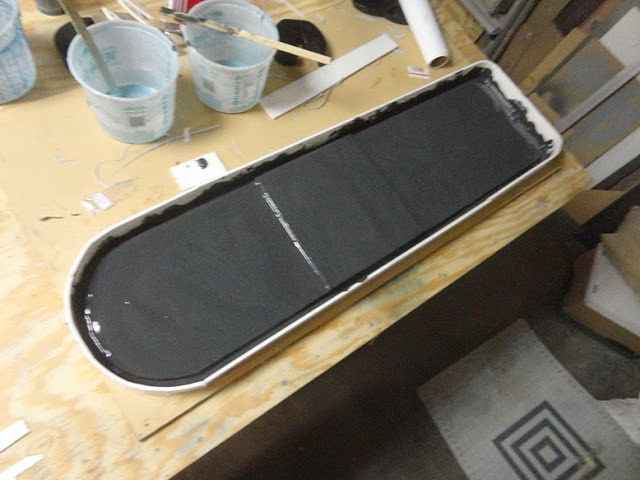It's been a very busy time at the workshop, and much has been accomplished. Not just that, but the work is visually pretty impressive. Let's get to it!
The big thing that happened this week was the cutting in half of the shell.
Here you can see I've made the first major cut. I did this will my skill saw and a high tooth count blade. I recall all the times I looked at other people's builds and thought to myself "What a bunch of losers! They can't even make a straight cut!" Turns out, it's really hard to be accurate!! Go figure.
Here's a little more progress on the cut. To get around the corners and into the weird spots I ended up using a variety of tools. A reciprocating saw, a hack saw blade, a coping saw blade, and even a dremel tool. Oh and a drill too.
And here's the money shot.
Kinda crazy seeing it like this. Amazing how much of my workshop is now filled up with MattMobile stuff.
This is how the main part of the car looks now. So tiny!
Look at those guts!
The second big piece of work done lately was the rebuilding of the drive shaft tunnel. Interesting fun fact. The work you see in the picture below is the result of dozens of hours of work. The rebuild, which I explain below, took about three hours total. I guess once I wrapped my head around what was required, and had it all figured out, it was far easier to do a second one.
The main problem with this first version is that it's too short. I'm a pretty tall guy, and my fear is that with that bar at the back positioned the way it is, I may very well run out of room. The goal was to rebuild it, but using the next support bar back as the anchor point.
With so many lessons learned from the first effort, cutting the stuff to length and getting it all clamped in and blocked out was pretty easy.
I use blocks of wood, stacked to the correct height, as spacers. This allows me to position everything properly, and have it held in place as I weld. The profoundest lesson I learned from version one is just how much the metal moves when you weld. It's actually kind of staggering the amount of heat that is generated from that torch, and it's no wonder that the metal warps and moves from the heat. Clamping everything down is essential, and so is doing tack welds to hold everything in place. By minimizing the heat that is transferred to the metal prior to everything being firmly affixed into place, you can control how much warping happens once you start laying down thick welds.
And here she is, all tack welded into place. I'm going to skip the full welds for now, until I have a little more of the cockpit built out. I would hate to change my mind again, and have to go back and tear the whole thing out. Again.
As you can see, definitely a very busy month for the MattMobile! I really want to focus on building out the cockpit for the next couple of weeks. The bummer is that it's very slow going, as the metal fabrication requires a lot of attention and care. The old thing about "Measure twice, cut once" is never more true than with metal work. Ok, it's probably more true with brain surgery, but that's not my thing.























